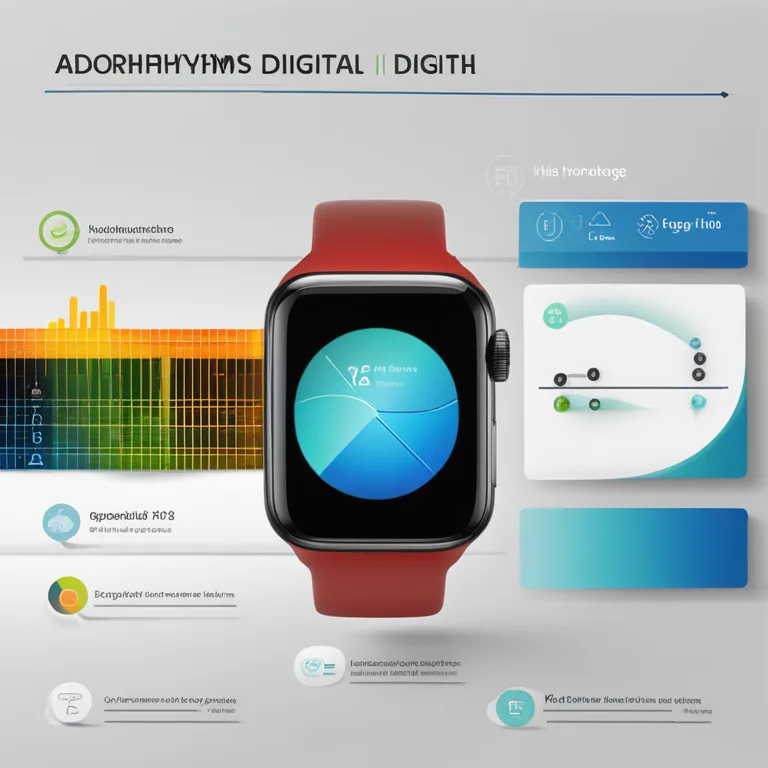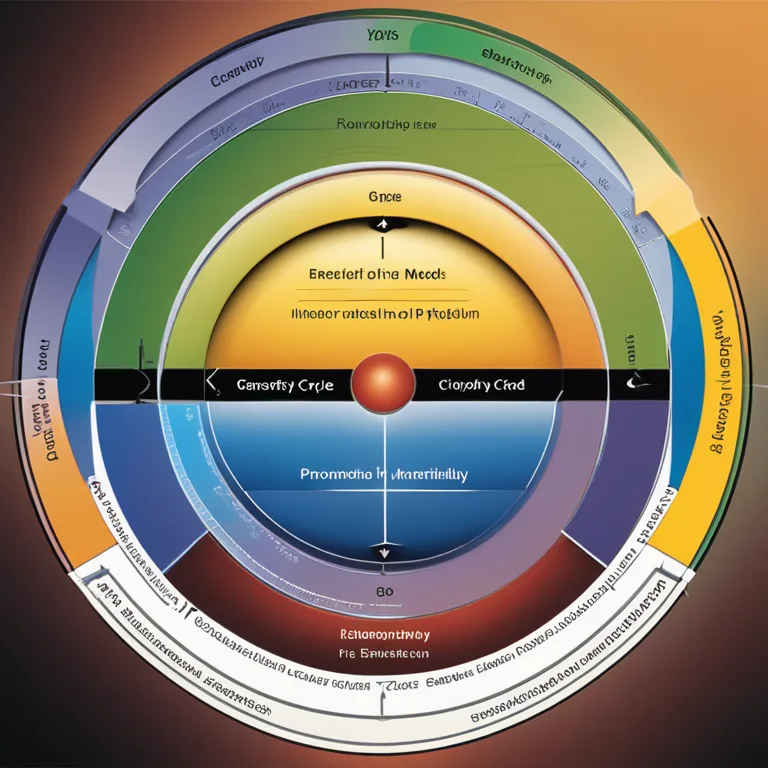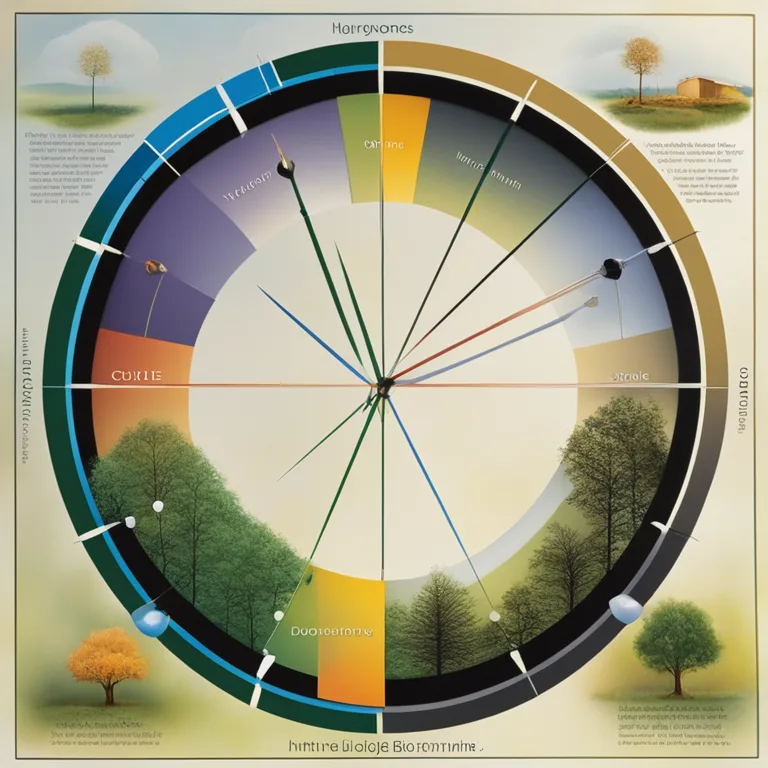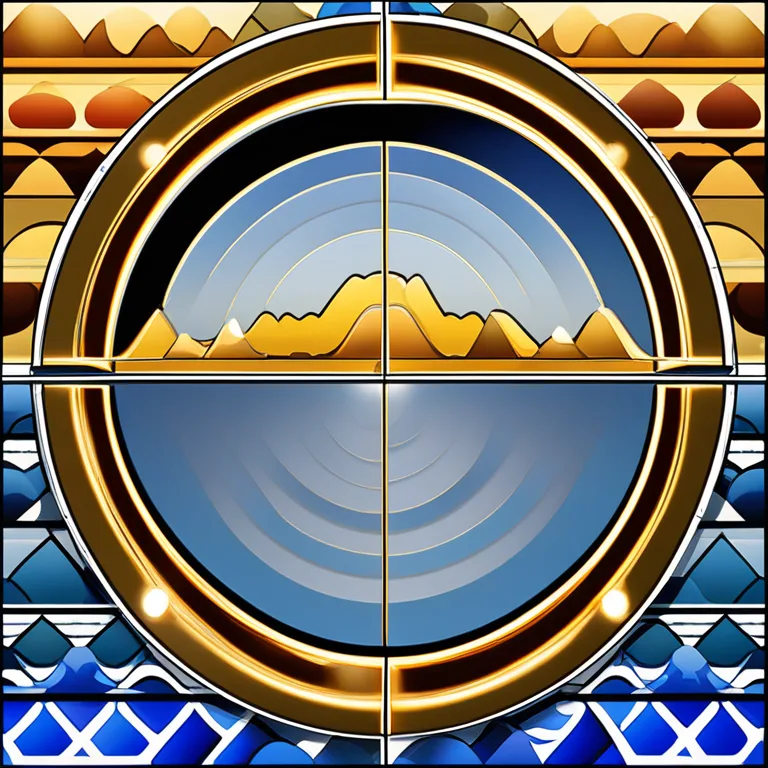
The Rhythms Within: A Full Guide to Biorhythms
Delve into the science of biorhythms to better grasp life's natural ebb and flow. This guide highlights how tracking these cycles can enhance your self-awareness.
article by Adrian Wallace
Intro to Biorhythms
Our lives are governed by numerous cycles, from the four seasons to the circadian rhythms that dictate our sleep-wake patterns. Among these, biorhythms play a crucial yet often overlooked role. The concept of biorhythms suggests that our lives are influenced by natural biological cycles. These cycles are said to affect our physical, emotional, and intellectual states. Since the emergence of biorhythm theory in the late 19th century, it's been a subject of interest and debate among scientists and enthusiasts alike. Understanding these can potentially offer insights into the optimal timing for various activities in your life.

The Three Primary Cycles
The biorhythm model is based on three primary cycles: the physical, emotional, and intellectual cycles. Each has its own frequency and pattern. The physical cycle, which lasts about 23 days, is said to influence strength, coordination, and wellbeing. The emotional cycle, with a 28-day period, purportedly affects mood, creativity, and sensitivity. Lastly, the intellectual cycle, taking 33 days to complete one rotation, is thought to impact analytical thinking, learning, and communication. These cycles begin at your birth and ebb and flow throughout your lifetime. By charting these cycles, one can attempt to predict periods of high performance or vulnerability.

Biorhythms in the Digital Age
Advancements in technology have made tracking biorhythms more accessible than ever. With the proliferation of wellness apps and wearable technology, individuals can now monitor their cycles using smart devices, interpreting them alongside health data such as sleep quality and heart rate. The growing interest in personal analytics and the quantified self-movement has revived attention in biorhythms. While scientific opinions vary, many people find value in observing biorhythms to make informed choices about health, work, and relationships.

Interpreting Your Biorhythms
To interpret your biorhythms, you calculate the number of days since your birth and apply it to the sine waves representing each cycle. Days when your cycle crosses the midpoint are considered critical, as they symbolize transition phases. High points on a cycle suggest potential peaks in the corresponding aspect of your life, while low points suggest potential lows. It's a personal journey in tapping into the potential of your innate cycles. Many find that aligning activities with their cycles—such as tackling challenging projects during intellectual highs or allowing for rest during physical lows—can lead to improved outcomes.

The Skepticism and Acceptance
The scientific community remains skeptical about the empirical evidence supporting biorhythms, often classifying them as pseudoscience. Critics argue that there is a lack of rigorous scientific research corroborating the precise cycles and their impacts. Nevertheless, as the lines between alternative wellness and mainstream science continue to blur, biorhythms garner interest from those seeking personalized insights into their health and wellbeing. It highlights the broader debate on the interaction between established science and the desire for individuals to seek personal meaning in patterns.
Biorhythms and Daily Living
Whether or not one subscribes to the strict definitions of biorhythmic cycles, the concept encourages a mindful approach to daily living. It invites individuals to be attentive to their internal rhythms and patterns, suggesting that there may be optimal times for rest, action, and reflection. This notion is consistent with the wider field of chronobiology and the understanding that timing can be a crucial factor in the effectiveness of activities, treatments, and behaviors in our lives.
Conclusion
In conclusion, while the scientific community may view biorhythms with skepticism, they remain an intriguing concept for many. As an approach to greater self-awareness and personal optimization, tracking one's biorhythms can be a beneficial practice within the broader spectrum of holistic wellness strategies. They serve as a reminder that our bodies and minds operate in patterns and cycles, and by being more in tune with these, we can potentially lead more harmonious lives.
Published: 12/28/2023
Modified: 12/28/2023
More predictions
Come back here soon to learn more about yourself and your future


Biorhythm Horoscope: Syncing Life with Biological Cycles
Discover how biorhythm horoscopes align with your life's natural rhythms for personal insight and forecasting.


Biorhythms: The Mysteries Of Your Natal Moon
Delve into the mysteries of your natal moon's biorhythms and how they influence your emotional ebb and flow.


Discover Your Personal Biorhythm Cycle
Learn how to map out your biorhythms for insight into your physical, emotional, and intellectual vitality.